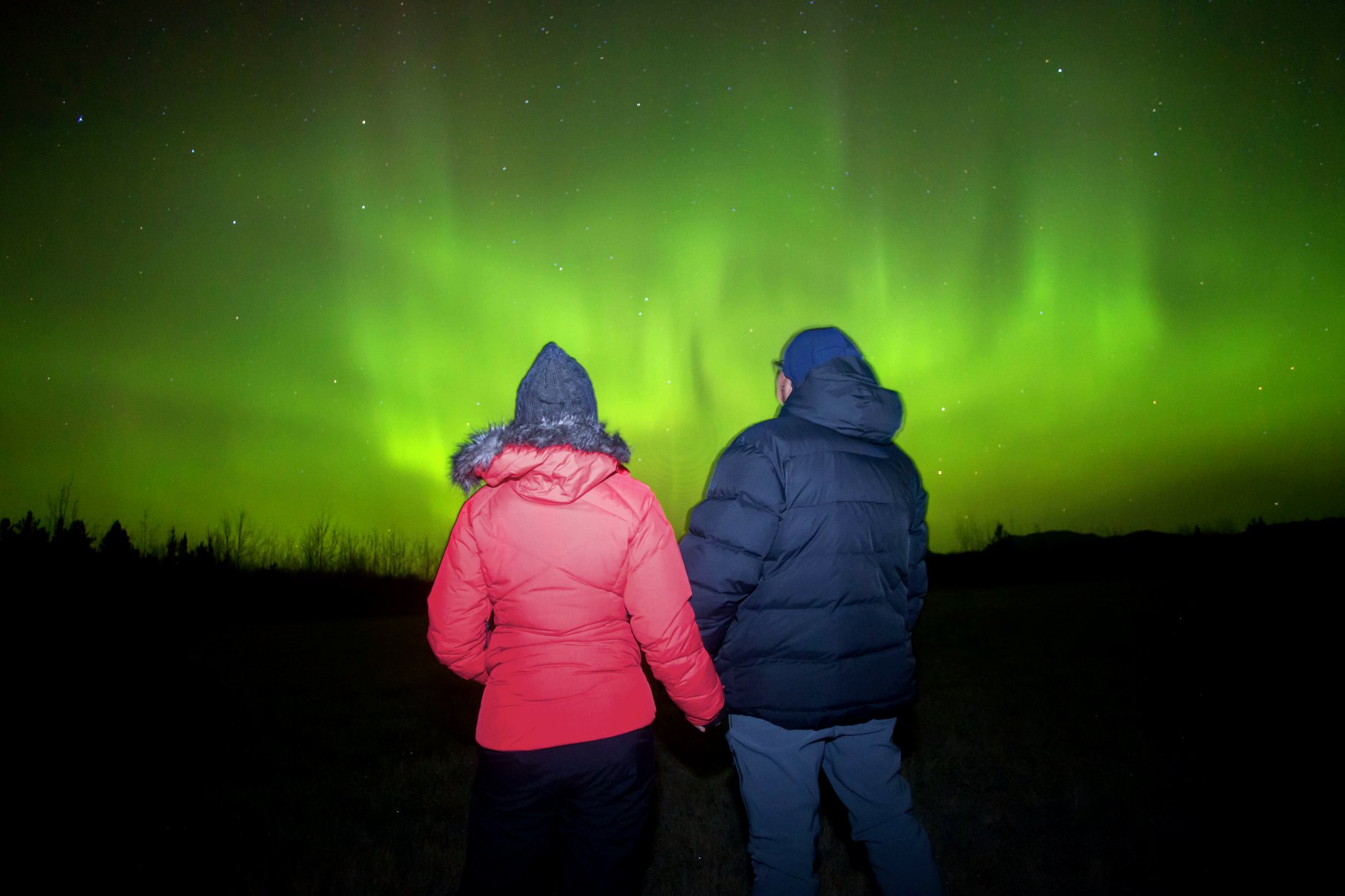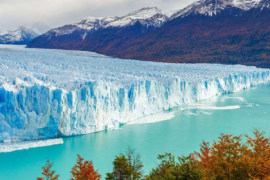Things You Didn’t Know About the Aurora Borealis. The Northern Lights, also known as the Aurora Borealis, are one of the most breathtaking natural phenomena on Earth. The spectacle of colorful lights dancing across the night sky has captivated people for centuries. But there’s more to the Northern Lights than just their beauty. In this article, we’ll explore five surprising things you might not have known about the Aurora Borealis.
Tour Northern Lights in Canada
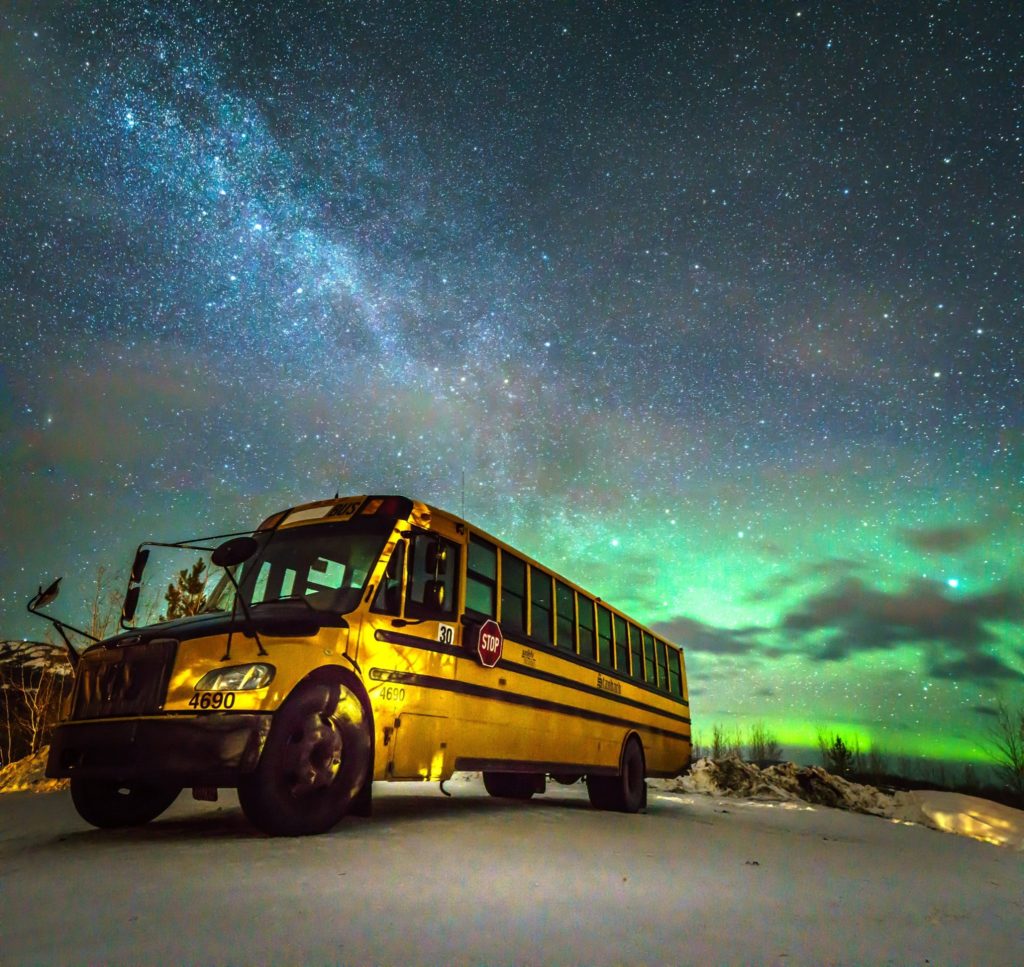
What causes the Northern Lights?
Things You Didn’t Know About the Aurora Borealis. The Northern Lights are caused by charged particles from the sun colliding with particles in the Earth’s atmosphere. These particles are carried towards the Earth by the solar wind, which is a stream of charged particles flowing out from the sun. When these particles collide with the Earth’s atmosphere, they excite atoms and molecules in the air, causing them to emit light. The color of the Northern Lights depends on the type of gas particles that are being excited. For example, green lights are caused by excited oxygen atoms, while blue and purple lights are caused by excited nitrogen.
The Northern Lights are most commonly seen in areas around the magnetic poles of the Earth. This is because the Earth’s magnetic field traps the charged particles from the sun and funnels them towards the poles. This is why the Northern Lights are most frequently seen in places like Norway, Sweden, Finland, Iceland, and Canada.
The best places to see the Northern Lights
If you want to see the Northern Lights in all their glory, you need to be in the right place at the right time. The best time of year to see the Northern Lights is during the winter months, when the nights are longer and darker. The best places to go are areas around the magnetic poles of the Earth, such as Norway, Sweden, Finland, Iceland, and Canada. These areas are known as the “auroral zone” and offer the best chance of seeing the Northern Lights.
One of the best places to see the Northern Lights is in the town of Tromsø, Norway. This town is located in the heart of the auroral zone and has some of the best viewing opportunities in the world. There are also a number of tour operators that offer Northern Lights tours, which can take you to some of the best viewing spots in the area.
The Northern Lights make sounds
Most people think of the Northern Lights as a visual phenomenon, but they also make a sound. The sound is described as a crackling or rustling noise and is caused by the interaction of the charged particles with the Earth’s magnetic field. The sound is usually too soft to hear with the naked ear, but it can be picked up by sensitive microphones.
Scientists are still studying the sounds of the Northern Lights to learn more about how they are formed. One theory is that the sounds are caused by the movement of the charged particles through the Earth’s magnetic field. Another theory is that the sounds are caused by the particles colliding with the Earth’s atmosphere.
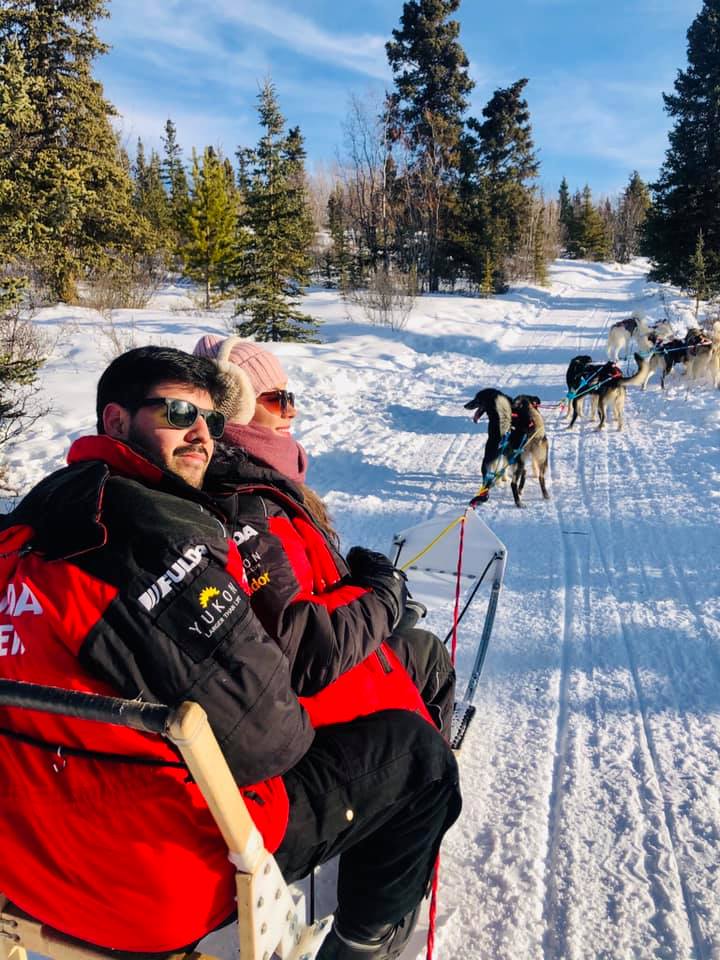
Things You Didn’t Know About the Aurora Borealis
The Northern Lights can be different colors
Most people think of the Northern Lights as being green, but they can actually be a variety of different colors. In addition to green lights, the Northern Lights can also be red, yellow, blue, and purple. The color of the Northern Lights depends on the type of gas particles that are being excited.
Green lights are caused by excited oxygen atoms, while red lights are caused by excited nitrogen molecules. Yellow and pink lights are caused by a combination of excited oxygen and nitrogen particles. Blue and purple lights are caused by excited nitrogen molecules, but they are much less common than other colors.
The Northern Lights can affect technology
The Northern Lights can be beautiful to watch, but they can also cause problems for technology. The charged particles from the sun that cause the Northern Lights can interfere with electronic equipment, such as satellite systems and power grids. This interference can cause disruptions in communication and power supply.
In 1859, a massive solar storm caused a disruption in telegraph systems around the world. The storm was so powerful that it caused telegraph machines to send and receive messages without the need for batteries. Today, scientists are studying the effects of solar storms on modern technology to better understand the risks and develop ways to mitigate them.
The Northern Lights have cultural significance
The Northern Lights have been a source of fascination and wonder for people all over the world for centuries. They have inspired countless myths, legends, and cultural beliefs. In Scandinavian mythology, the Northern Lights were believed to be the light reflected off of the shields of the Valkyries, warrior women who chose which warriors would go to Valhalla after they died in battle.
The Inuit people of Canada and Alaska believed that the Northern Lights were the spirits of their ancestors dancing in the sky. They also believed that whistling at the Northern Lights could cause them to come closer and take you away. In some Native American cultures, the Northern Lights were believed to be the dancing spirits of their ancestors, while in others they were seen as a sign of good luck and prosperity.
The Northern Lights are not just a winter phenomenon
Although the Northern Lights are most commonly seen during the winter months, they can also be seen in other seasons. In fact, the Northern Lights can be seen year-round, but they are much harder to see during the summer months when the nights are shorter and brighter.
One of the best times to see the Northern Lights outside of winter is during the equinoxes, which occur in March and September. During these times, the Earth’s magnetic field is more likely to be disturbed by solar activity, which can result in more frequent and intense Northern Lights displays.
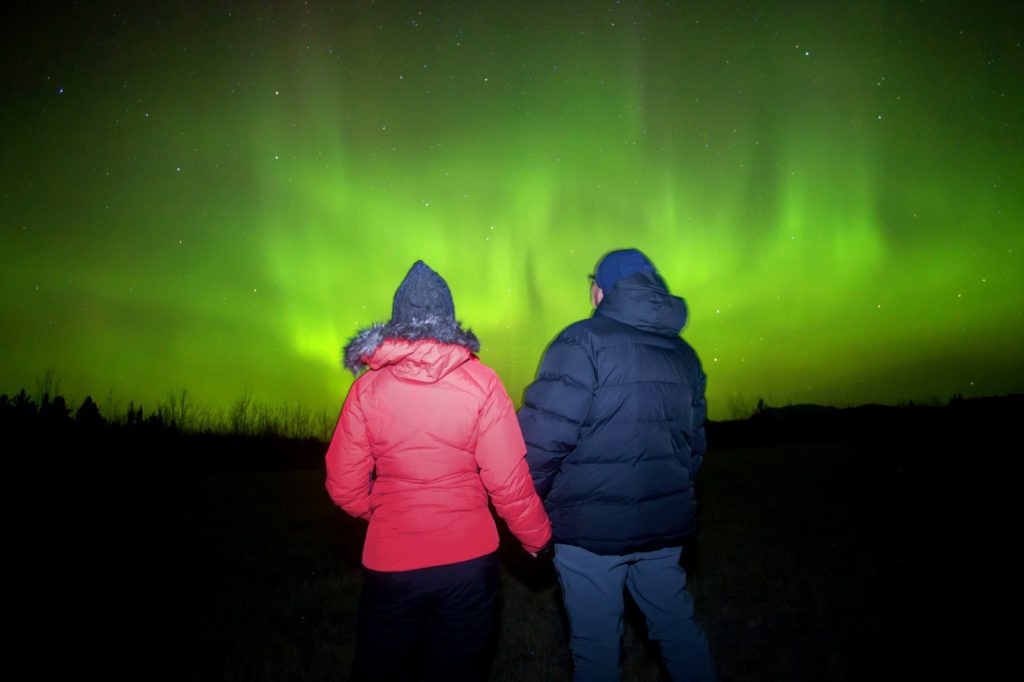
Tips for photographing the Northern Lights
If you’re lucky enough to see the Northern Lights, you’ll want to capture the moment with your camera. Here are a few tips for getting the best Northern Lights photos:
- Use a tripod to keep your camera steady.
- Use a wide-angle lens to capture more of the sky.
- Use a high ISO setting to capture more light.
- Use a long exposure time to capture the movement of the lights.
- Be patient and take multiple shots.
Appreciating the beauty and wonder of the Northern Lights
The Northern Lights are one of the most beautiful and awe-inspiring natural phenomena on Earth. From the science behind the lights to the cultural beliefs surrounding them, there’s so much to learn and appreciate about the Aurora Borealis. Whether you’re lucky enough to see them in person or just admire them from afar, the Northern Lights are a reminder of the beauty and wonder of the natural world. So take a moment to appreciate the magic of the Aurora Borealis and all that it has to offer.
Things You Didn’t Know About the Aurora Borealis
Make your dream trip possible, receive a personalized quote and payment facilities to suit your needs
No compromises!

